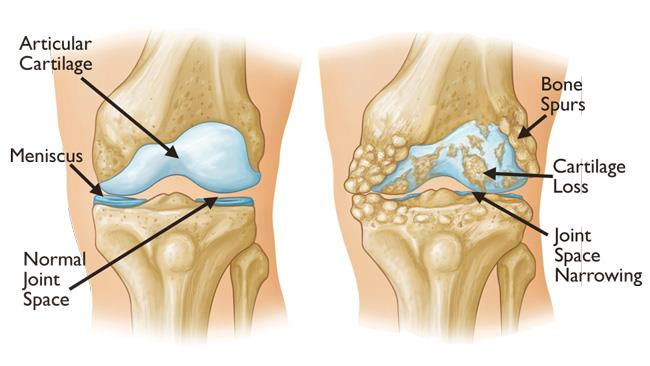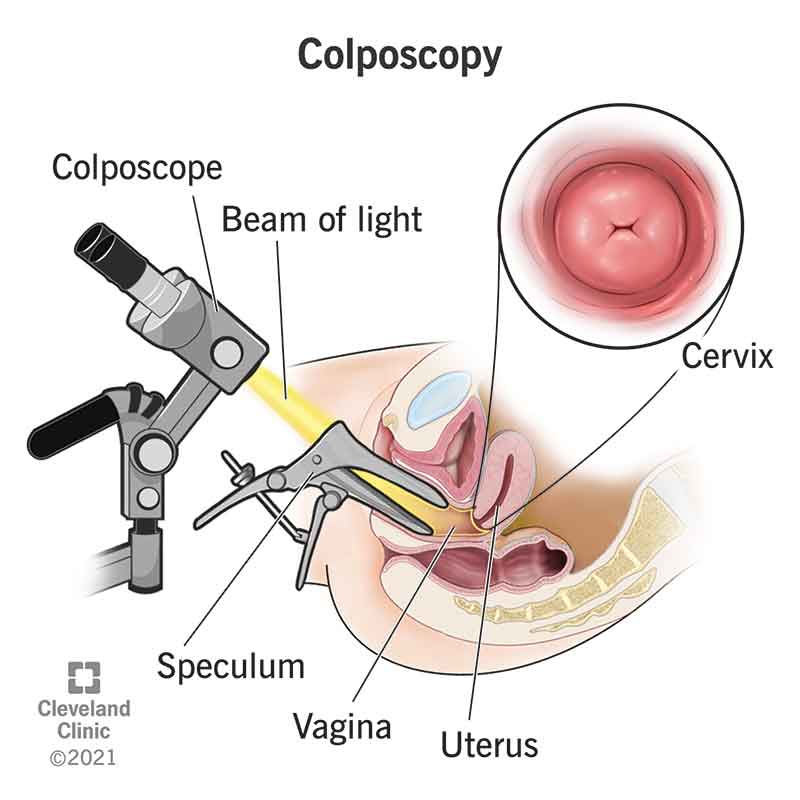A nurse is educating a client who has osteoarthritis of the knee. Which of the following explanations should the nurse give to the client as part of the disease process?
Damage to cartilage and bone can progressively worsen.
Organ failure in later stages may occur without treatment.
Inflammation will resolve over time.
There will be periods of flare-ups and remission of symptoms.
The Correct Answer is A
Choice A reason: Damage to cartilage and bone can progressively worsen. This is a characteristic of osteoarthritis. The disease is a degenerative joint disease that results in the loss of cartilage, which cushions the ends of bones in joints. As the disease progresses, the cartilage becomes thinner and may wear away entirely, causing the bones to rub against each other. This can result in pain, stiffness, and loss of joint movement.
Choice B reason:
Organ failure in later stages may occur without treatment. This statement is not typically associated with osteoarthritis. While osteoarthritis can significantly impact a person's quality of life, it does not directly cause organ failure. However, it's important to manage osteoarthritis effectively to maintain overall health and prevent secondary complications.
Choice C reason:
Inflammation will resolve over time. This is not typically true for osteoarthritis. While some people with osteoarthritis may experience periods of reduced symptoms, the underlying disease process does not resolve over time. In fact, osteoarthritis usually worsens over time.
Choice D reason:
There will be periods of flare-ups and remission of symptoms. This is true for many people with osteoarthritis. Symptoms can vary and may become more severe during periods of activity or stress on the joint. Conversely, symptoms may decrease during periods of rest or with effective management strategies.

Nursing Test Bank
Naxlex Comprehensive Predictor Exams
Related Questions
Correct Answer is B
Explanation
Choice A reason:
Decreased hemoglobin (Hgb) levels can be indicative of anemia or blood loss, but they are not typically associated with fluid volume deficit. In cases of fluid volume deficit, the Hgb concentration may actually appear elevated due to hemoconcentration as the plasma volume decreases.
Choice B reason:
Increased blood urea nitrogen (BUN) levels are expected in a fluid volume deficit because as the blood volume decreases, the concentration of solutes like urea can increase. This is often due to decreased renal perfusion and subsequent reduced renal function, leading to less urea being excreted through the kidneys.
Choice C reason:
Increased urine ketones are typically associated with diabetic ketoacidosis or starvation, not directly with fluid volume deficit. Ketones are produced when the body breaks down fats for energy, which is not a process directly related to fluid volume status.
Choice D reason:
Decreased urine specific gravity would not be expected in fluid volume deficit; in fact, one would expect the opposite. Specific gravity measures the kidney's ability to concentrate urine. In fluid volume deficit, the urine specific gravity would likely be increased as the body attempts to conserve water.
Correct Answer is B
Explanation
Choice A reason:
The statement "This procedure is routinely performed during a Pap test" is incorrect. A colposcopy is not routinely performed during a Pap test; it is a separate procedure that is often recommended if a Pap test shows abnormal results. The colposcopy allows for a closer examination of the cervix, vagina, and vulva to detect any signs of disease.
Choice B reason:
The statement "During the procedure, a biopsy may be performed" is correct. If the healthcare provider sees an area of concern during the colposcopy, they may take a small sample of tissue (biopsy) from the cervix or from inside the opening of the cervix.
Choice C reason:
The statement "Do not eat or drink after midnight tonight" is not necessary for a colposcopy. Unlike some surgical procedures that require general anesthesia, a colposcopy is usually done with local anesthesia, and fasting is not required.
Choice D reason:
The statement "You will have general anesthesia during this procedure" is incorrect. General anesthesia is not typically used for a colposcopy. The procedure may cause some discomfort, but it is usually performed using local anesthesia or no anesthesia at all.

Whether you are a student looking to ace your exams or a practicing nurse seeking to enhance your expertise , our nursing education contents will empower you with the confidence and competence to make a difference in the lives of patients and become a respected leader in the healthcare field.
Visit Naxlex, invest in your future and unlock endless possibilities with our unparalleled nursing education contents today
Report Wrong Answer on the Current Question
Do you disagree with the answer? If yes, what is your expected answer? Explain.
Kindly be descriptive with the issue you are facing.
